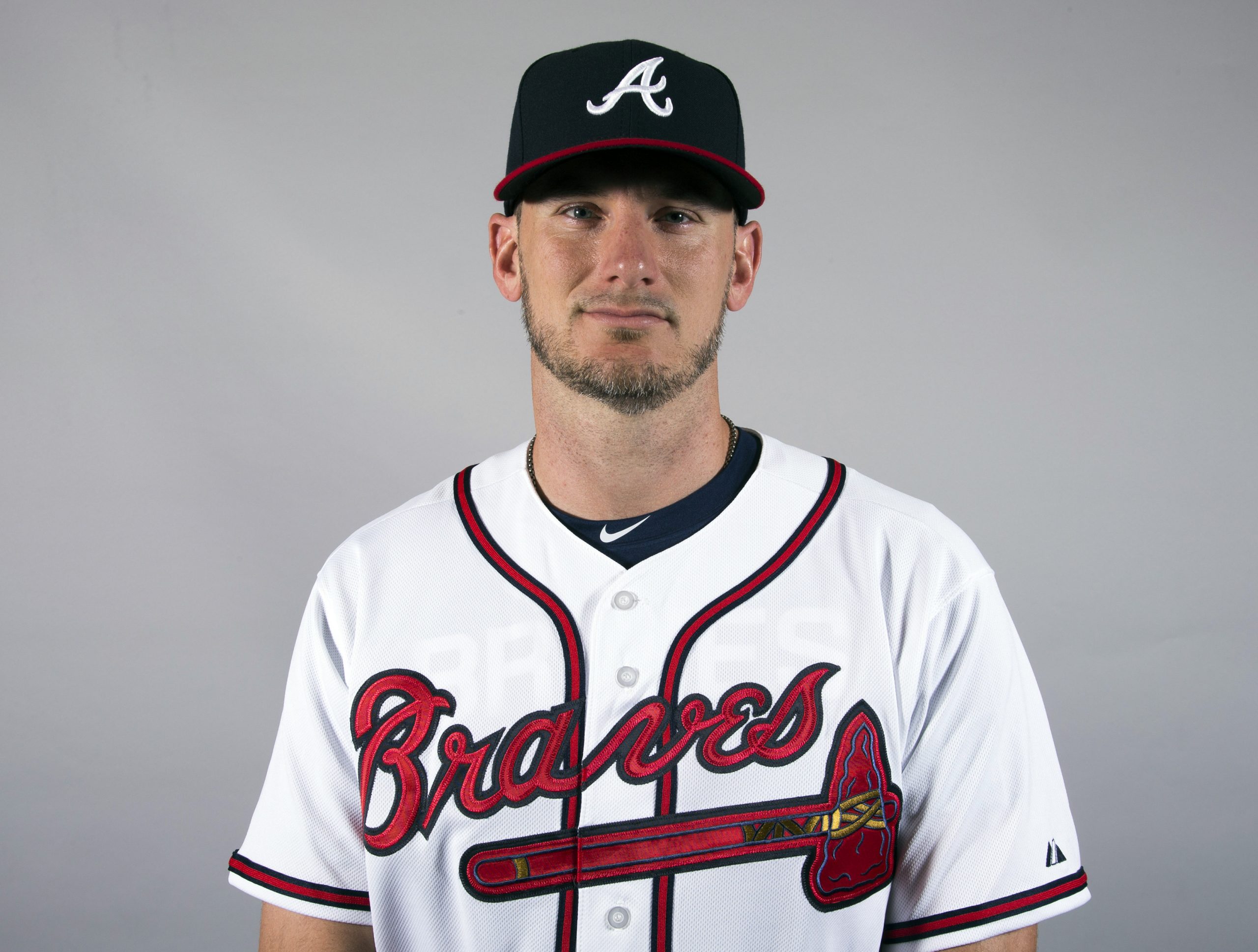(This ongoing series looks at each player who played with the Braves in 2018 and currently remains in the organization.)
Grant Dayton
No stats
2018: In late November of last year, Grant Dayton was the first player new general manager Alex Anthopoulos acquired. A few months before that, Dayton underwent Tommy John surgery. The Braves chose to keep Dayton throughout the offseason, waiting for an opportunity to place him on the disabled list – which happened on February 14. He would go on to miss the entire season rehabbing.
Contract Details: Dayton will be 31 when the 2019 season opens. He will not be arbitration eligible until after 2019 at the earliest and is team controlled through the 2023 season at a minimum. He is out of option years.
Previewing 2019: A lot of the same issues that follow Jacob Lindgren are present here. Do the Braves keep a guy on their 40-man roster who may not be ready to open the season in the majors when there are so many healthy players deserving of a spot on the 40-man? Is Dayton’s potential enough to earn him more time with the organization?
At the time Dayton was acquired, the Braves didn’t have Jonny Venters, Dan Winkler and Jesse Biddle were huge question marks, and Chad Sobotka had been demoted to A-ball after a woeful 2017 season. Corbin Clouse and Thomas Burrows, both southpaws, weren’t posting sub-2.00 ERAs in Double-A Mississippi. Adding Dayton to the mix certainly made some sense and Anthopoulos, who just left a job with the Dodgers, also knew Dayton well.
But now, it’s a packed bullpen even if the pen struggled this season to excel. And do the Braves actually need yet another lefty reliever?
If they do choose to keep Dayton, what do we know? Well, Dayton is no spring chicken. He turned pro back in 2010 after being drafted in the tenth round by the Marlins. Always a reliever, Dayton was part of a southpaw swap as he went west and Chris Reed came to Miami back in 2015. A year later, Dayton became the Dodgers’ Sobotka – a surprising reliever who became as trusted as anyone else in the bullpen by the end of the season. In 26.1 innings, he struck out 39 with excellent control. He worked four times in L.A.’s NLDS victory over the Nationals and pitched three more times in the NLCS against the Cubs.
He got off to a great start in 2017, but injuries limited him until he finally hit the DL for good in late July.
When Dayton’s on his game, he depends heavily on a low-to-mid 90’s heater that he locates well with good spin. He’ll sprinkle in a curveball that has a little 12/6 depth to it, but the curve plays up well because the hitter sees so many fastballs from Dayton. It’s what made him so difficult to deal with back in 2016.
One of the questions we have for Sobotka moving forward is now that there is more of a scouting report available for hitters, will he continue to be difficult to hit against? Dayton was in a similar position heading into 2017. Were his numbers down because of injury or because the scouting report was better? That’s something the Braves will have to ask as they prepare to either add Dayton back to the 40-man roster next month or let him leave via free agency. Of course, as I’ve pointed out, whatever the decision is might be more due to wanting his 40-man roster spot than Dayton himself.
Did you know? Dayton’s strikeout-to-walk rate of 6.5 in 2016 ranked 8th-best among pitchers with at least 20 innings. The top Brave that year? Ryan Weber (4.6 K/BB), who ranked 44th.
Add The Sports Daily to your Google News Feed!
